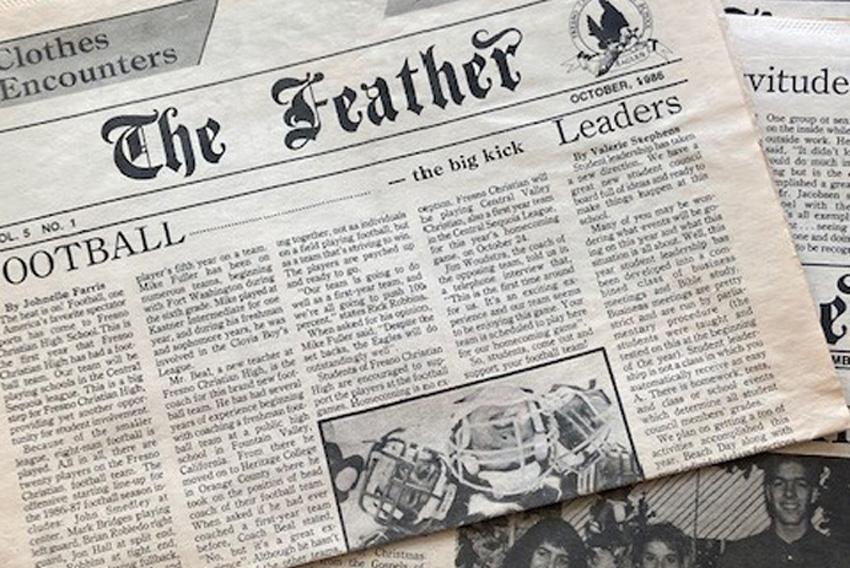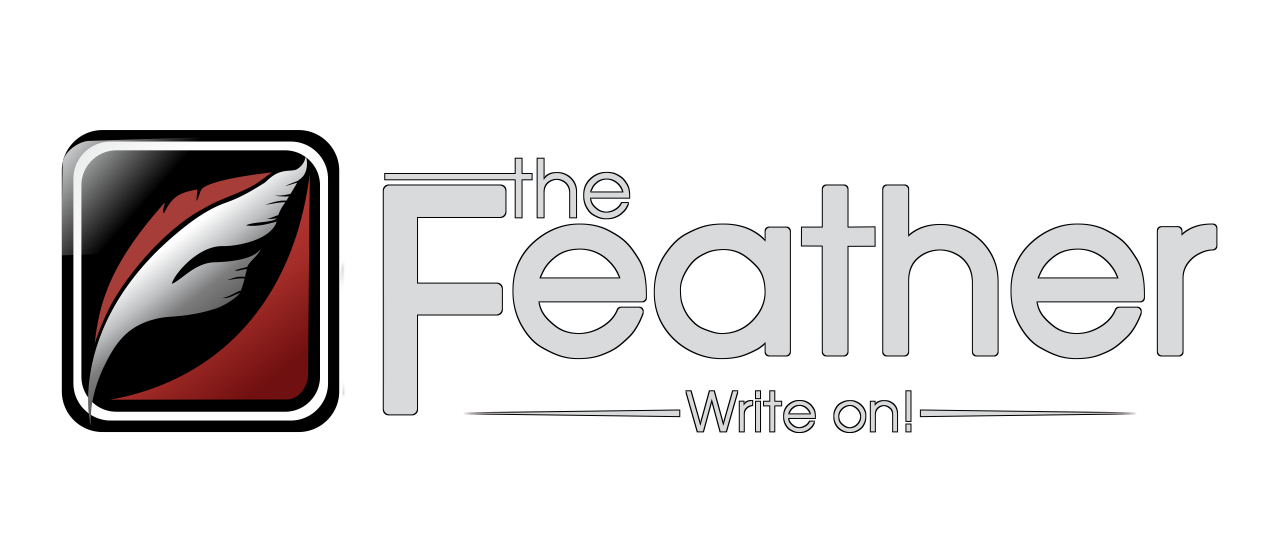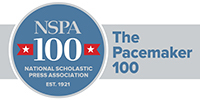Professors share importance of citations, differences of format styles
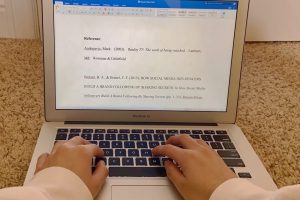
With media ranging from tweets to scholarly reports in research journals, students often come in touch with media. Students who become familiar with how to compose media for themselves often find it easier to be literate in media and interpreting its significance.
As students often produce content in courses, they must learn how to create educational pieces and correctly write, cite, and edit their research and publication.
According to the National Association for Media Literacy Education (NAMLE), one of the core principles of media literacy requires the public to develop critical thinking skills about the messages we receive and create every day. The associations goes on to say that people need to be sensitive to materials we read, and develop interactive meanings between different messages.
The Assistant Professor of Humanities at Fresno Pacific University, Fran Martens Friesen, M.A, speaks of the benefits of writing and how it practices critical thinking.
“What we are doing when writing is making logical and clear connections and discussions, and you are pulling them together to synthesize,” Friesen said. “Writing practices critical thinking in every way.”
Indiana University defines plagiarism as using others’ ideas and words without clearly acknowledging the source of that information. One way to avoid plagarism is through citation.
Middlebury library provides four reasons why researchers, and students, should use citations when writing papers:
- Give recognition to the scholars for their hard work.
- Mindful researchers establish their own credibility by proving they have researched multiple viewpoints and information.
- Readers gain a better understanding about the new research by seeing the ideas in the original journal or website when they need more information about the topic.
- Each research paper adds on to an ongoing intellectual conversation and supports new results in the field of study. Because researchers can’t talk to all other scholars, citations create an atmosphere for them to communicate with each other.
Purdue University houses the Online Writing Lab (OWL) for trustworthy writing resources and materials, available for a worldwide audience with an internet connection.
According to Purdue University, the mission of OWL is to “offer global support through online reference materials and services.” They provide citation resources such as the APA style, MLA style and Chicago style.
In the following podcast, senior Serena Zhao speaks with Fran Martens Friesen on how to structure and communicate via academic writing.
Friesen stresses how the APA style is used in most social sciences courses, in which the dates become important for researchers to emphasize on the day the work was created, so the date is usually placed immediately after the author’s name.
The Chicago Style, as Friesen continues to mention, highlights history courses.
“The Chicago style is all about footnotes,” Friesen said. “Footnotes are used to demonstrate on-page where a particular piece of information comes from at the end of the research.”
APA STYLE
According to the American Psychological Association (APA) website, APA style was established in 1929 by a group of scholars to increase the ease of reading comprehension.
Continuing its use till now, APA style is often used by researchers, students, and educators across the globe with various topics. APA also presents style and grammar guidelines, including paper format, italics, in-text citation, tables and figures.
MLA STYLE
According to the Modern Language Association (MLA) website, the MLA style was created in 1931 to press a uniform manner in editing articles in things such as quotations, footnotes, and bibliographical references. Today, researchers often face challenges because of the increasing range of formats such as numbers of authors and media sources. The MLA style recommends one set of guidelines that writers can apply to any source.
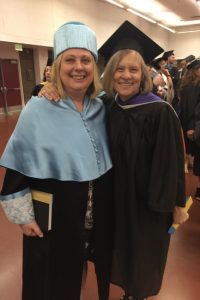
Chicago Style
The Chicago style began in 1891 when the University of Chicago Press opened. Because the press required complex clear pathways from professors to compositors to proofreaders, the staff decided to draw up a stylesheet to bring a standard set of rules to the process. The Chicago style was considered essential to preserve, and it is now in its 17th edition. The Chicago Manual of Style online conducted a Q&A to solve problems regarding writing proficiency.
According to Brown University, when wondering which citation style should students use, it depends on the discipline in which students are writing, and where the work will eventually be published. When in doubt, students should not hesitate to ask the professors if there is a particular style that they prefer.
Professor Amanda Martinez Ph.D., the chair of the Communication Studies Department at Davidson College, stresses the use of citation styles and the importance of correct references when researching.
“I tell students to choose a citation style and be consistent in using it with written work,” Martinez said. “I used MLA throughout undergrad, and then graduate school was all APA.”
According to Doctor Martinez, all citation styles are largely stylistically and aesthetically varied, but each includes relevant and essential citation information, so there is no one superior to another.
Director of the Parrhesia Program for Public Discourse at University of Chicago, Dr. Leila Brammer encourages students to use the guide that is most used in their discipline.
“Frankly, the differences are minimal beyond footnotes versus parentheses,” Brammer said. “So, it’s not a pressing concern unless a certain discipline prefers one format over the other.”
In her opinion, students should use the one that is most comfortable, preferred by the discipline or required by the instructor.
Professor Martinez also believes students should take time to structure research papers.
“Students should structure a thorough explanation of the thesis and research problem,” Martinez said. “Also, evidence, not opinion, is important.”

Dr. Leila Brammer also shares her viewpoint on a well structured research paper.
“A good paper is a good argument—clear thesis, well-supported, well-organized, concise and precise use of language,” Brammer said. “Both in oral and written communication, those are the elements of effective communication.”
Moreover, she thinks students should examine classic essays and speeches for their well use of language, evidence and structure.
Professor Friesen believes a good essay has something to say that answers the “so what?” and “why is that important?” questions.
“Think about what the readers want to take away from your essay,” Friesen said. “If you want to structure the essay well, I would say work on the three Ts- thesis, topic sentence and transition. ”
In a general research paper, Friesen suggests letting the research guide students to formulate the research topic and direction. In addition, she points out when collecting topics many students tend to forget to write down where the ideas come from.
“Even ideas and paraphrases need to be documented.” Friesen said. “No matter what, you have to keep track of sources.”
Professor Friesen also offers tips on writing for high school students who will be one day going to college.
“An important thing to prepare for college is to build your vocabulary,” Friesen said. “‘College it up. Read anything, work on vocabulary, and try to write for even 15 minutes a day to build your fluency.”
For more articles, read COVID-19 affects family routines, time spent with grandparents or Entertainment remains despite concerts, films, sports cancellations.
Serena Zhao can be reached via email.


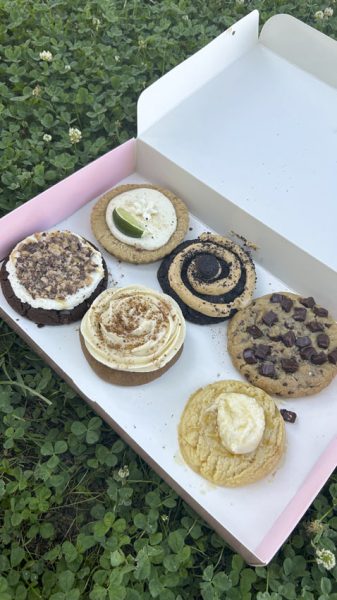
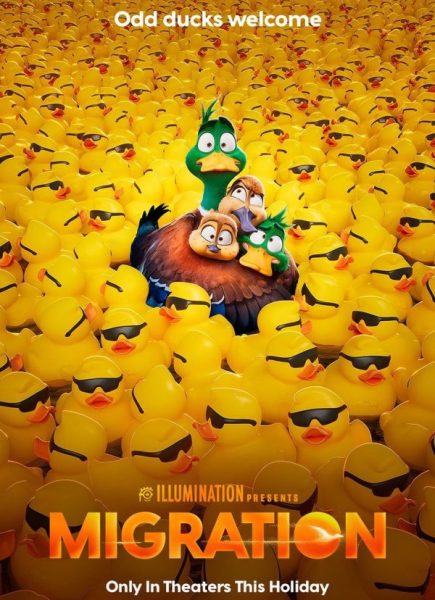
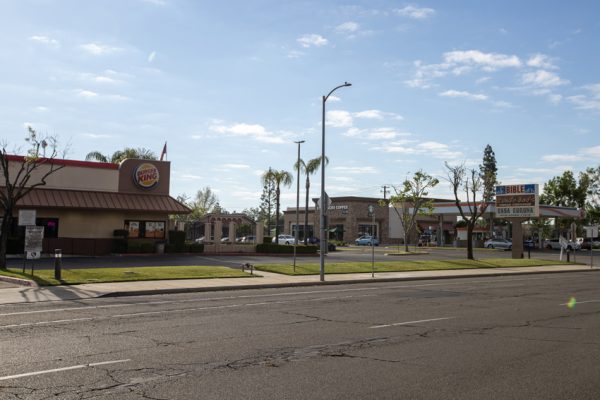
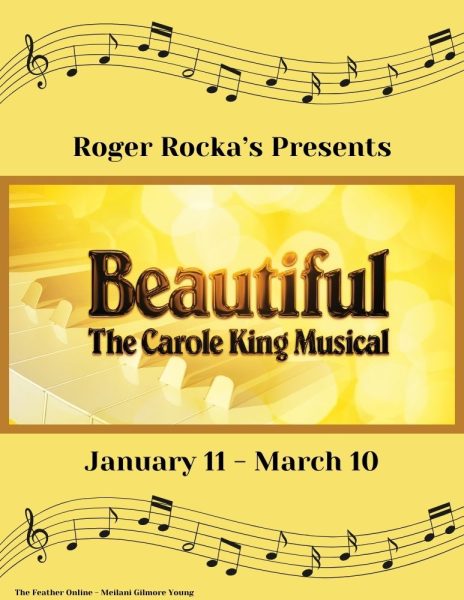

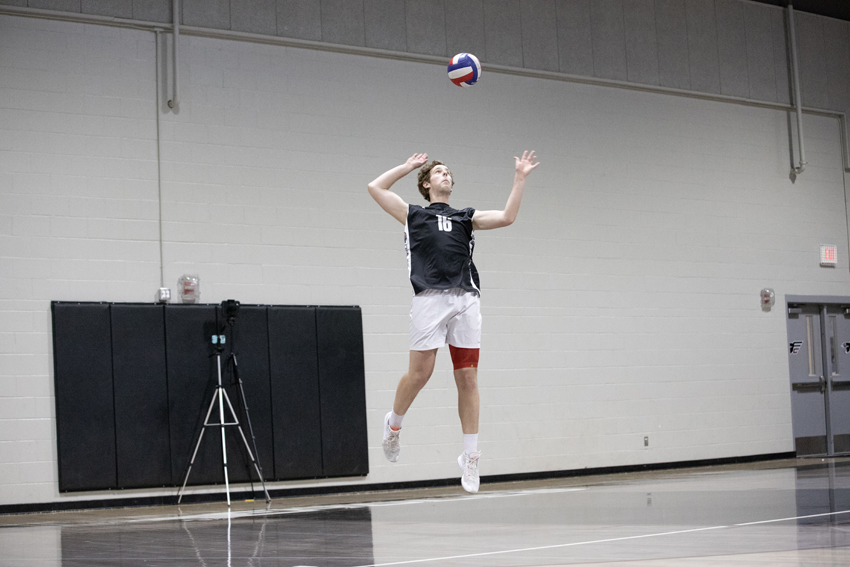
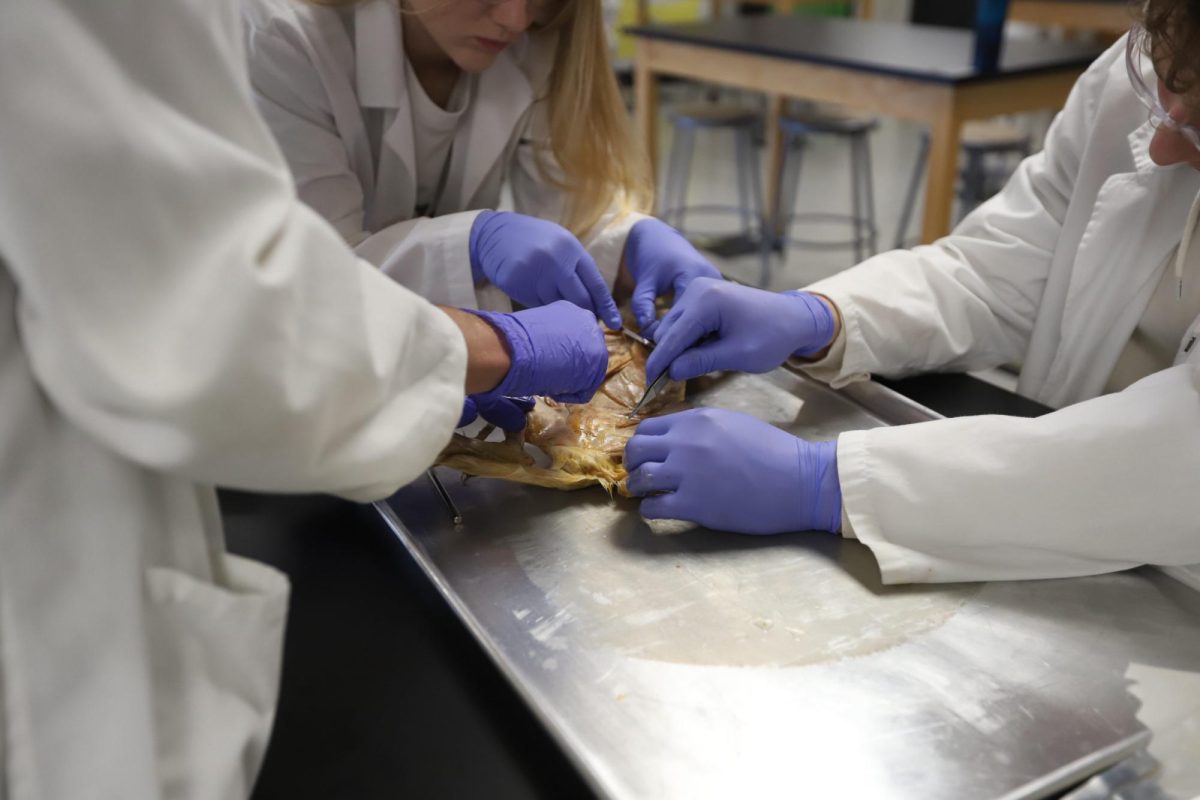
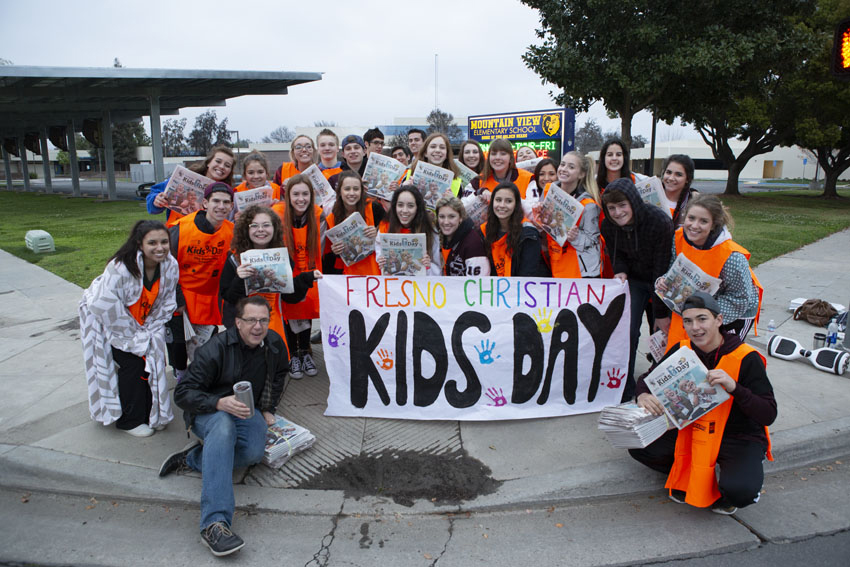
![[Video] 100th CSPA Spring Journalism Conference](https://thefeather.com/wp-content/uploads/2024/04/20240308-cspa-crown-002.jpg)
![[Video] New York Day 4](https://thefeather.com/wp-content/uploads/2024/04/NY-trip-day-4-JC-.jpg)



